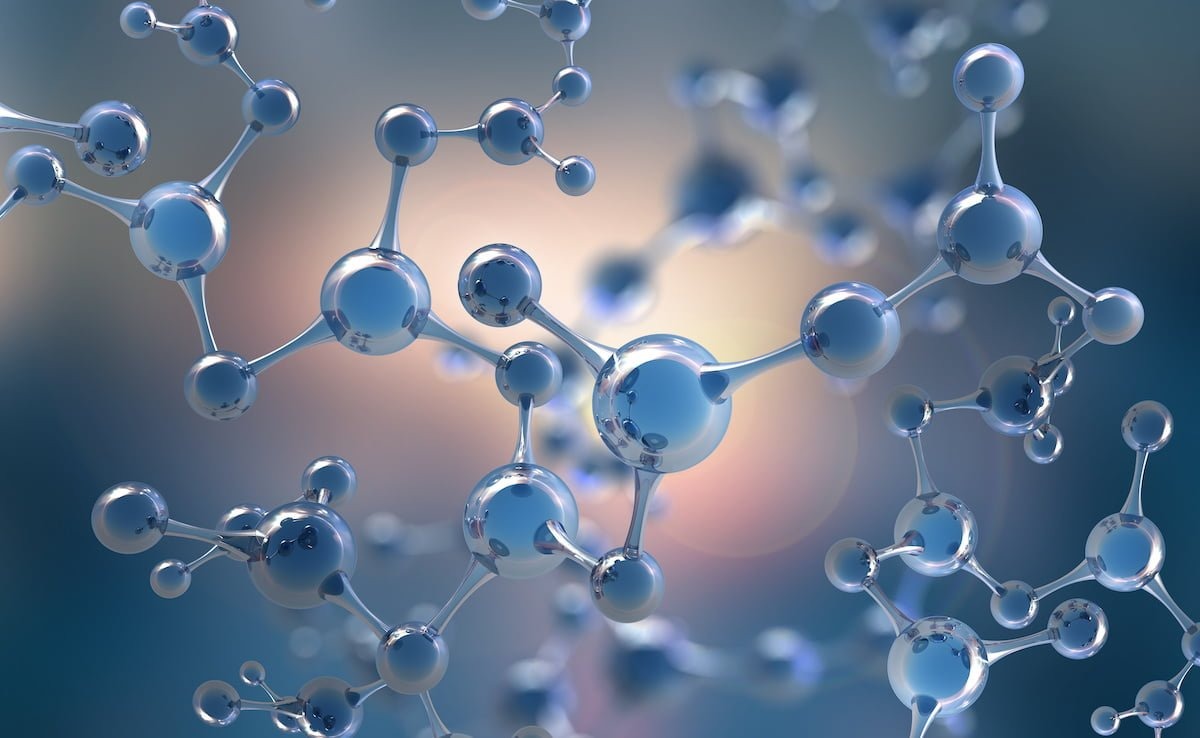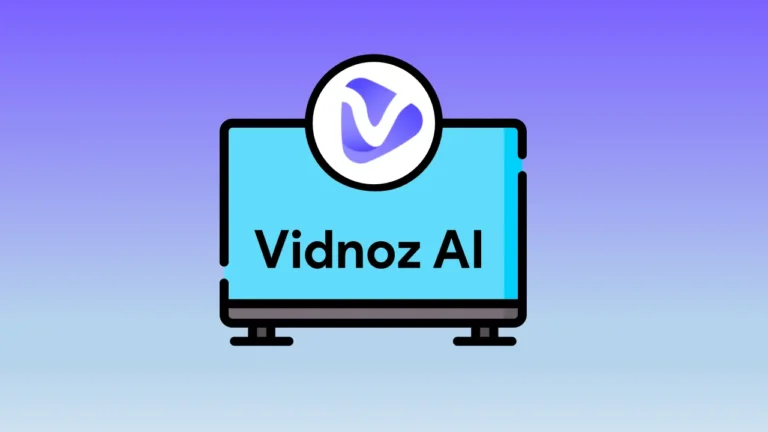Ayahuasca vs Ibogaine: Comparing Two Powerful Psychedelics in Modern Therapy
In recent years, the field of psychedelic medicine has gained rapid momentum as researchers and practitioners explore alternatives for treating mental health disorders and addiction. Two of the most powerful and controversial plant-based psychedelics currently used in therapy are Ayahuasca and Ibogaine. While both substances offer profound healing potential, their effects, origins, and applications differ significantly. In this article, we explore the key aspects of Ayahuasca vs Ibogaine, helping you understand their differences and roles in modern psychedelic therapy.
Understanding the Origins
Ayahuasca: A Sacred Amazonian Brew
Ayahuasca is a traditional psychoactive tea originating from the Amazon rainforest, typically made by brewing the Banisteriopsis caapi vine with the leaves of the Psychotria viridis plant. Used for centuries by indigenous tribes, Ayahuasca ceremonies are considered sacred and are deeply rooted in spiritual healing and shamanic practices.
The active compound in Ayahuasca, DMT (dimethyltryptamine), is a powerful hallucinogen, but it becomes orally active only when combined with MAO inhibitors present in the Banisteriopsis caapi vine. This synergy results in an intense psychedelic journey that often includes emotional release, self-discovery, and spiritual insight.
Ibogaine: The Spirit Root of Africa
Ibogaine is an indole alkaloid extracted from the root bark of the Tabernanthe iboga shrub, native to Central Africa. Traditionally used in Bwiti spiritual practices in Gabon and Cameroon, Ibogaine induces a deeply introspective state and is often viewed as a rite of passage or initiation into spiritual adulthood.
In modern therapeutic use, Ibogaine has gained fame for its ability to interrupt addiction, particularly opioid dependence, making it a potential breakthrough in addiction treatment.
Chemical Composition and Psychoactive Mechanism
How Ayahuasca Works
Ayahuasca’s effects stem from the combination of DMT and beta-carboline alkaloids. The DMT component affects serotonin receptors, particularly the 5-HT2A receptor, leading to altered states of consciousness, vivid visuals, and emotional introspection. Meanwhile, the harmala alkaloids inhibit monoamine oxidase (MAO), allowing DMT to remain active when ingested.
How Ibogaine Works
Ibogaine is pharmacologically complex, interacting with NMDA receptors, opioid receptors, and dopaminergic systems. This makes it especially potent in modulating addiction pathways in the brain. It helps to reduce cravings and withdrawal symptoms—a benefit that has captured the attention of researchers and addiction specialists alike.
Therapeutic Applications
Ayahuasca in Mental Health
Recent studies and anecdotal reports show Ayahuasca to be highly effective in the treatment of:
- Depression
- PTSD
- Anxiety
- Existential distress in terminal illness
- Spiritual disconnect
Ceremonies are typically guided by a shaman or facilitator, and the group setting often enhances the communal aspect of healing. Participants frequently describe Ayahuasca as a journey of self-purification and reconnection with life purpose.
Ibogaine for Addiction Recovery
Ibogaine’s most prominent application is in addiction treatment, particularly for:
- Opioid dependence
- Cocaine addiction
- Alcoholism
- Nicotine and other behavioral addictions
Unlike many pharmaceutical interventions that require long-term administration, Ibogaine may only require one or two sessions to create lasting change. However, it is not a cure-all, and post-treatment integration and support are essential for maintaining results.
Experience and Duration
What to Expect with Ayahuasca
An Ayahuasca ceremony typically lasts 4 to 8 hours. The experience often includes purging (vomiting or diarrhea), vivid visions, emotional catharsis, and even encounters with what many describe as spiritual entities. Most people report a sense of rebirth or spiritual awakening after the experience.
What to Expect with Ibogaine
An Ibogaine journey can last 24 to 36 hours, followed by a “gray day” of lingering introspection and physical fatigue. The visual component is less intense than Ayahuasca but far more mentally immersive. Many users describe it as a “life review,” where past experiences are replayed and reinterpreted from new perspectives.
Safety and Risks
Ayahuasca Risks
Although generally safe when administered in controlled settings, Ayahuasca can pose risks to individuals with certain health conditions or those taking antidepressants. MAOIs can dangerously interact with various medications, so medical screening is essential. Psychological distress and integration challenges may also arise after intense sessions.
Ibogaine Risks
Ibogaine carries more serious cardiovascular risks, including potential for fatal arrhythmias. It must be administered in clinical settings with cardiac monitoring and medical staff present. The physical toll of Ibogaine is greater, and it is not recommended for those with heart conditions or untreated psychological disorders.
Legality and Accessibility
Ayahuasca is legal or decriminalized in several South American countries and select jurisdictions globally, often protected as a religious sacrament. Ibogaine, however, remains a Schedule I substance in the U.S., though it is legal in countries like Mexico, Canada (in limited cases), and New Zealand under medical supervision.
Those considering treatment with either substance should seek licensed retreats or clinics that offer full medical screening, aftercare, and integration support.
Making an Informed Choice
Choosing between Ayahuasca vs Ibogaine depends heavily on one’s therapeutic goals, psychological readiness, and medical profile. While Ayahuasca is more focused on spiritual and emotional healing, Ibogaine is often selected for its unparalleled impact on addiction and behavioral change. Both demand preparation, support, and respectful engagement.
Moving Forward: Education is Key
As interest in psychedelic therapy grows, it’s vital to equip oneself with credible, science-backed information. Understanding the mechanisms, risks, and therapeutic protocols of these powerful substances is essential for safety and efficacy. Fortunately, platforms exist to help educate both professionals and the public.
To explore comprehensive resources and guidance on psychedelic therapy education, visit the Psychedelic Medicine Association, a trusted hub for evidence-based information and clinical updates on emerging psychedelic treatments.
Whether you’re a practitioner, a potential patient, or simply curious, quality education is the first step toward informed, responsible engagement with these powerful tools.
Conclusion
In the debate of Ayahuasca vs Ibogaine, there is no one-size-fits-all answer. Both psychedelics offer profound therapeutic potential when used responsibly and with proper guidance. Ayahuasca may open emotional and spiritual channels, while Ibogaine can offer life-altering breakthroughs for those struggling with addiction. The key lies in education, preparation, and integration—three pillars that ensure these ancient medicines can thrive in modern healing contexts.



